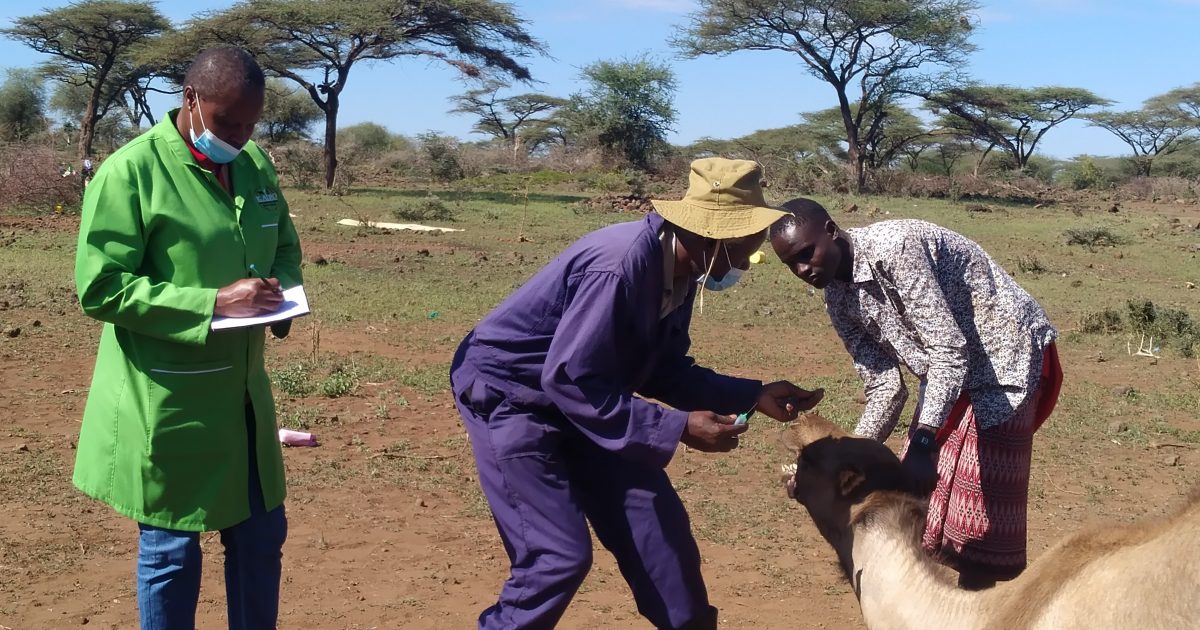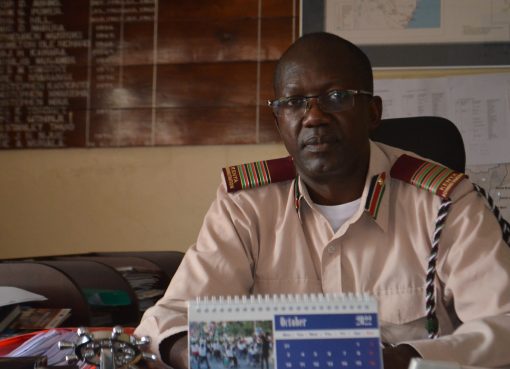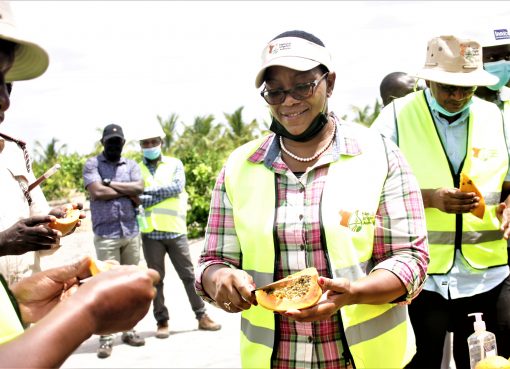Kenya Agricultural Livestock Research Organization (KALRO) has released findings on a three-year research on camel production in the horn of Africa.
The research funded by the African Union and European Union to a tune of Sh100 million was undertaken in partnership with Terra Nouva and IGAD Sheikh Technical Veterinary School (ISTVS) in Somaliland to establish challenges dogging camel production.
The Principal Investigator in the research Dr. Judith Chemuliti from KALRO Bio Technology told KNA that the project titled “Intensifying Camel Productivity through Integrated Control of Surra within the Somali ecosystem of the Horn of Africa” was done for three years.
She said Surra commonly known as Trypanosomiasis disease was the biggest threat in the rearing of camel because the infective parasite multiplies in the blood and body fluids of the animals fast and had a fatality rate of almost 100 per cent.
She said the overall objective of the study was to increase productivity, incomes, food and nutrition security through enhanced control and management of camel Surra and the target groups for the research were camel keepers, veterinary Departments in the study areas and researchers in ISTVS.

Speaking during a media tour in Isiolo County, Dr Chemuluti said they have been collecting data to develop a disease control strategy that will ensure the disease is effectively controlled.
“One of the biggest challenges of camel keeping is a disease called Trypanosomiasis that is spread by tse tse fly and this disease, reduces milk production in infected animals and if not treated lead to death thereby affecting the livelihood of famers”, she said.
In Kenya, she added the project was conducted in camel keeping areas of Isiolo and Marsabit counties and focused on five camel keeping communities of Somali, Borana, Turkana, Gabbra and Rendille.
“The prevalence of Surra was found consistently higher among the Rendille followed by the Turkana, Gabbra and Borana communities in that order while Camel herders had varying levels of knowledge about the disease, being higher among Somali, progressively declining among the Borana, Turkana, Gabbra and the Rendille respectively “she explained.
She however clarified that the strategies they recommended for adoption in containing the disease in the horn of Africa would be applicable to other parts of the continent where camel rearing was common.
During the research, Dr. Chemuliti explained that the blood samples collected revealed that the disease vectors was present in all areas and seasons at varying intensity with the highest prevalence recorded among the Rendille at 17 per cent.
Dr. Chemuliti said once they find a sick animal infected by the parasite they treat it immediately on sight since transmission from one infected animal to a healthy one is detrimental.

She added that they also go to the bushes to see what kind of flies are affecting the camels and advise farmers on the best practices to contain the challenge.
So far, Dr.Chemuliti said the research has shown that there was a high prevalence of the disease ranging from 40 to 10 per cent depending on the site and also the season.
She said the offered clinical services after collecting and analyzing data are delivering a new path saying that 6 months ago a lot of camels were found to be infected with Surra but currently the disease has gone down significantly
“So we are saying with correct treatment, with the correct diagnostic tool in place then we can be able to bring this disease down to levels that would be beneficial to farmers”, she said adding that they are already seeing the impact it has brought to the livestock farmers.
Dr. Chemuliti further noted that they are building capacity to the local veterinary staff by training them and working with the Isiolo County Veterinary staff in the field during sampling on how to screen, treat the animals and the advice to offer to the farmers.
By the end of the project, the PI said that they are creating a training manual that will go beyond the project and anybody else coming in can be able to carry on with the training.
“The camel has sort of been a neglected life species but given that we have been able to carry out this research and give remedy, the camel keepers have been able to see an improvement in their camels. Their camels are now better; they are now healthier because of the intervention through this project.
In order to sustain the benefits beyond the life of the project, Dr. Chemuliti said they have also created tools, mechanisms and systems that will ensure continuous engagement between KALRO and County Governments.
“We will offer any technical backstopping in the areas of camels and continue with the training because any new staff coming into the counties will have access to this information that has been generated”, she said.
One livestock Keeper Jackson Tololo said they had been treating their own animals with conventional drugs due to lack of knowledge on the disease diagnosis, transmission and treatment.
“ Since I walk my Camels to far places and for many days , I used to notice them getting very thin and refusing to feed and that is what could tell me they were sick, sometimes I could give herbal medicine but some never survived”, he said.
Tololo said that most of the time the traditional methods they apply to reduce the fly menace are burning of dried dung that acted as a fly repellent, positioning camel enclosures in the direction of wind to blow away flies, moving animals to watering places in the middle of the day when fly activity was low, and also avoiding wet and muddy places where flies bred and treating wounds promptly before they became infected and attracted flies.
County Director of Veterinary services in Isiolo County, Dr. Joseph Muriira acknowledged the challenge posed by the disease adding that on average they had 451 cases of Trypanosomiasis and out of which almost 95 per cent of the cases were found in Camel reared specifically from Kinna, in Garbatula ward.
He said the county was geared on improving Camel production because of their resilience to drought as they are able to continue producing milk even during harsh climatic times.
“Isiolo has around 148,000 camel distributed mainly across three sub counties of Merti, Garbatula and Isiolo central which offer livelihood to the drought stricken residents”, he said
Dr. Muriira further said that the county also sells about 7,000 litres of milk to Nairobi on a daily basis and thus the county wants to support and promote the locals to upgrade their facilities.
By Wangari Ndirangu





